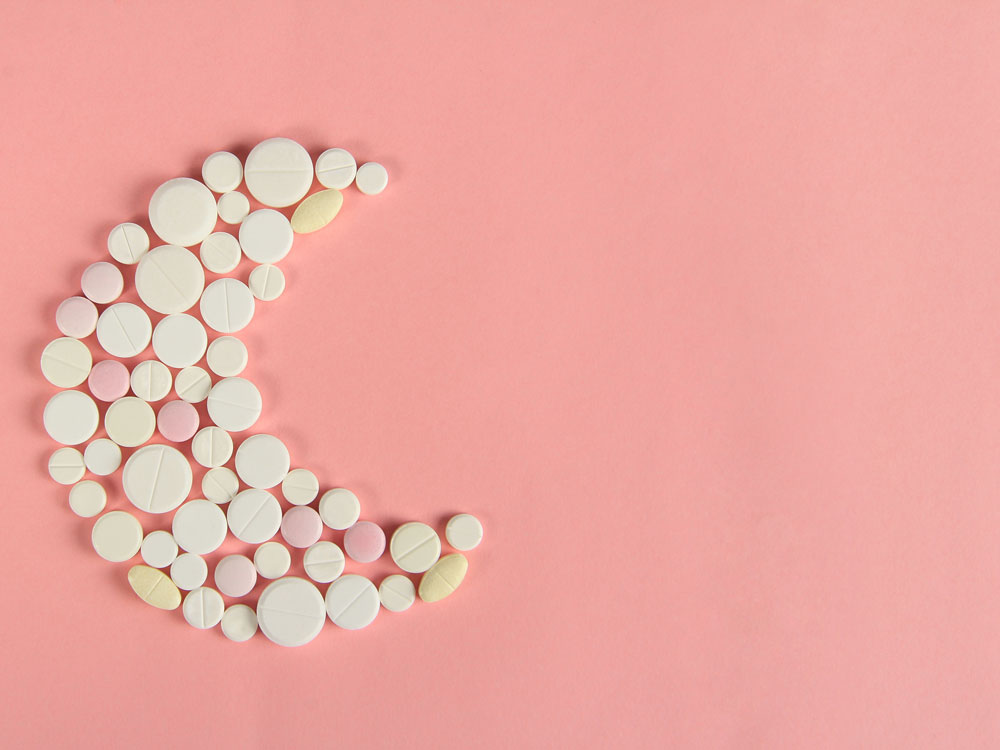
A psychiatrist in my Clinical Sleep Kit (CSK) program for practitioners recently asked how I use prescription sleep aids in my practice.
By the time many patients reach my clinic, they’ve already cycled through nearly every sleep aid on the market. Because of that, my approach to insomnia is primarily non-pharmacological.
That said, sleep medications do have a role when they’re used thoughtfully and strategically.
Short-term, intermittent use can be appropriate for select patients.
But here’s the part many clinicians don’t realize:
→ The actual impact of most sleeping pills on sleep latency and wake after sleep onset is only a few minutes.
The gap between expectation and reality is often where prescribing challenges begin.
This week, I’m sharing a short tutorial on best practices for prescribing sleep aids and how to talk with patients in a way that prevents the loop of trialing of one medication after.
In this video, we cover:
- AASM recommendations for the use of sleeping pills
- When sleeping pills help and when they don’t
- My personal prescribing practices
- Word-for-word patient dialogues (steal these for your clinical practice)
- And more
Click to watch the tutorial and don’t forget to claim your CME credits using the Learner+ link below.
Did you learn something today? Click here to find out how Learner+ can help you meet your evolving educational goals. https://champions.learner.plus/?champion=Dr%20Nishi%20Bhopal
References:
(1) Sateia MJ, Buysse DJ, Krystal AD, Neubauer DN, Heald JL. Clinical Practice Guideline for the Pharmacologic Treatment of Chronic Insomnia in Adults: An American Academy of Sleep Medicine Clinical Practice Guideline. J Clin Sleep Med. 2017 Feb 15;13(2):307-349. doi: 10.5664/jcsm.6470. PMID: 27998379; PMCID: PMC5263087.
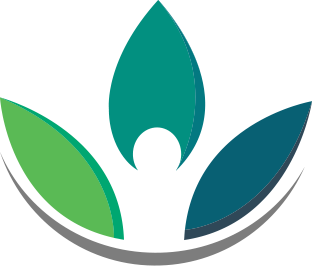

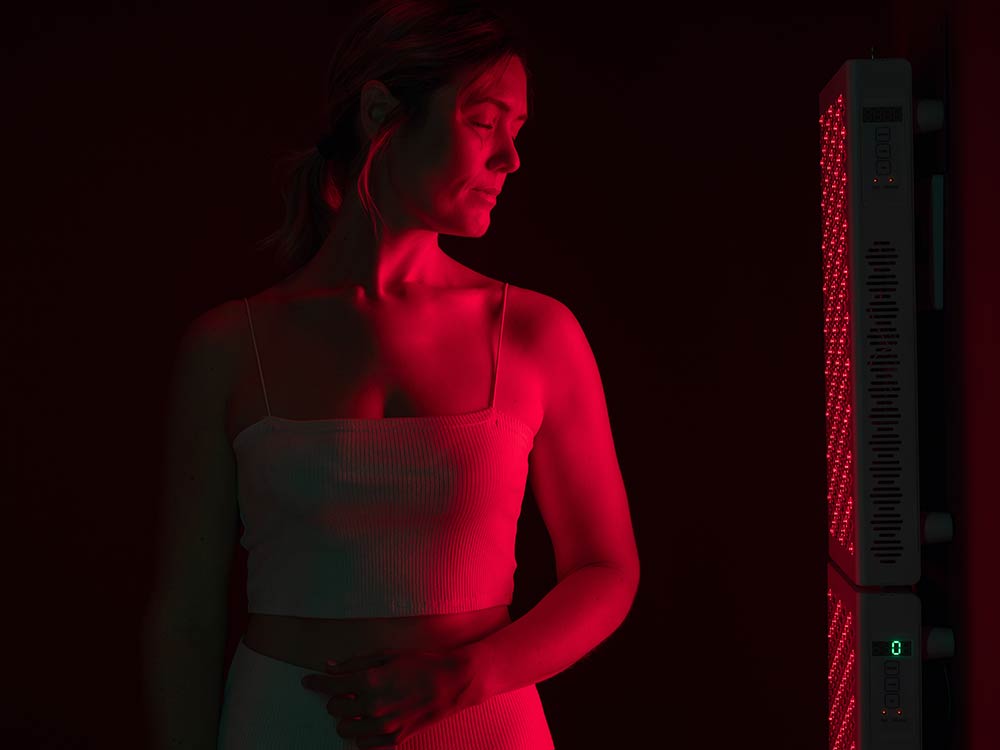
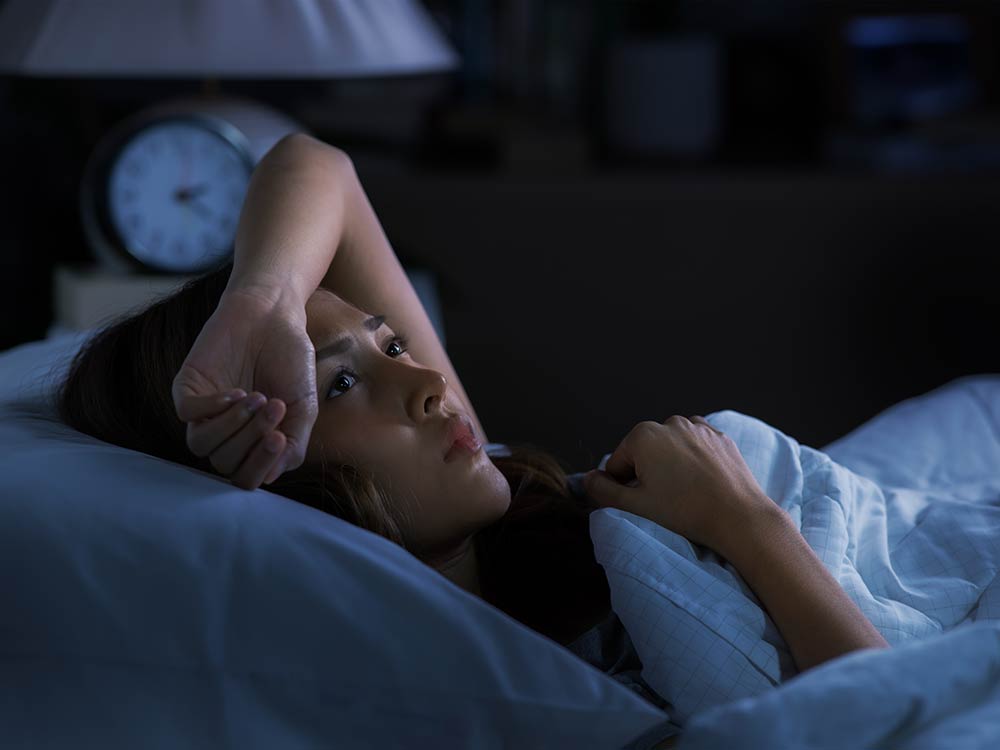
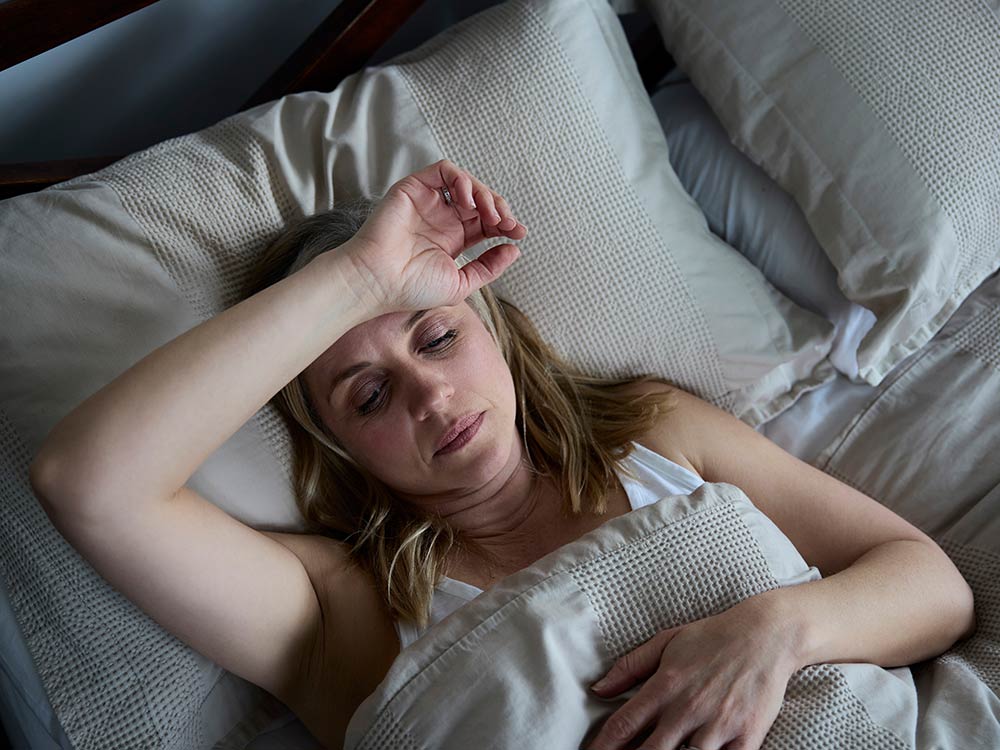

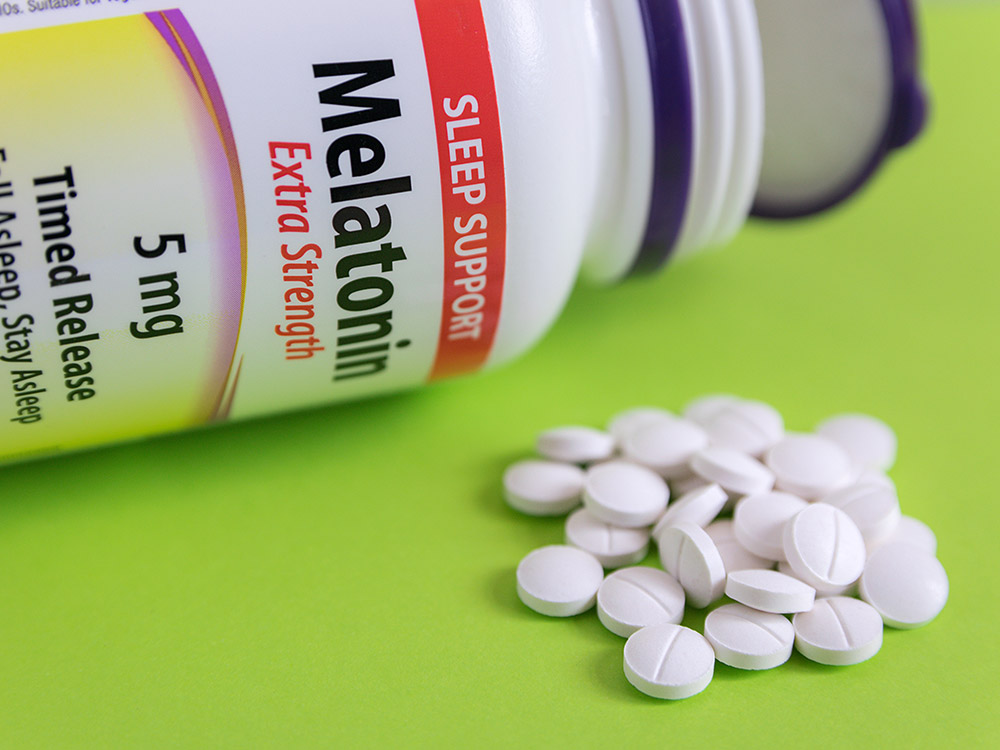
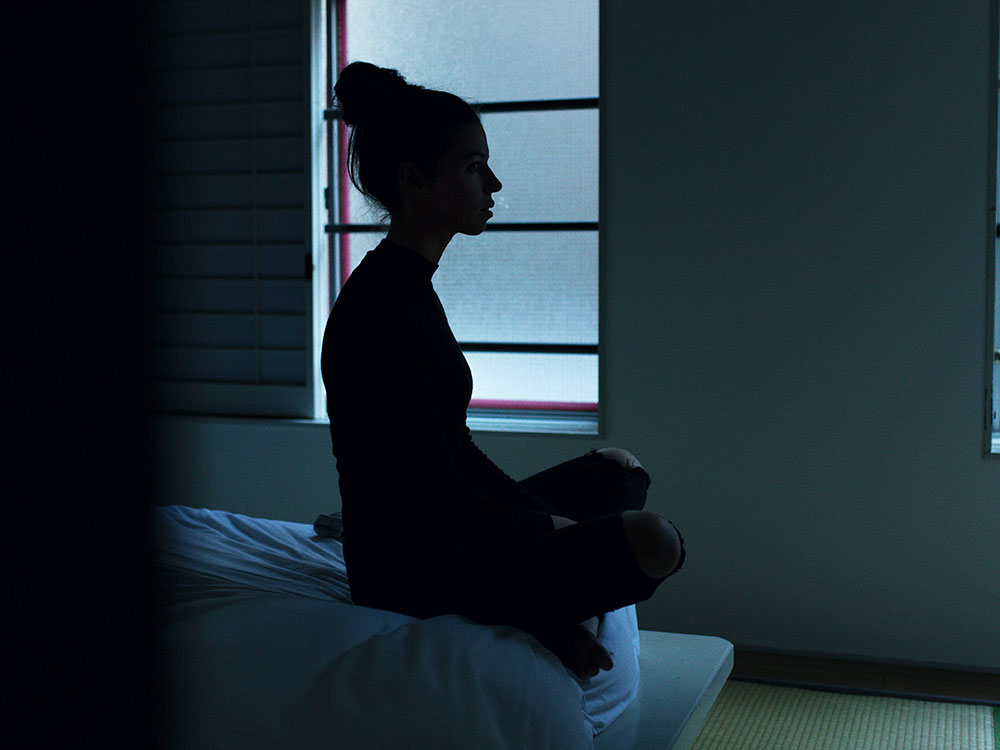
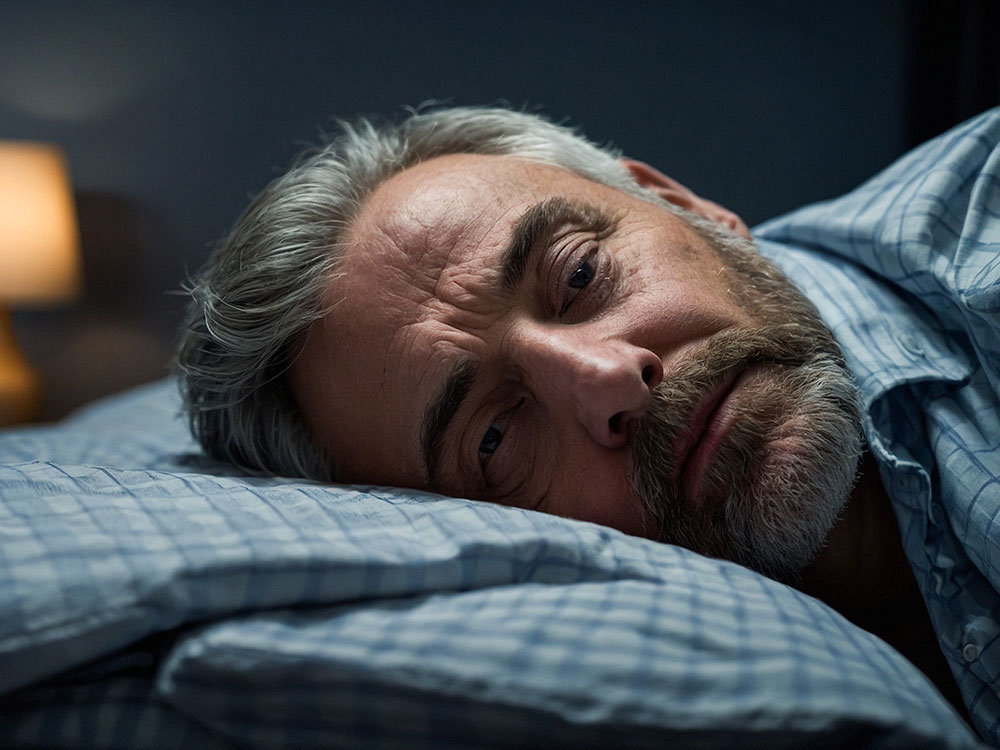

Recent Comments